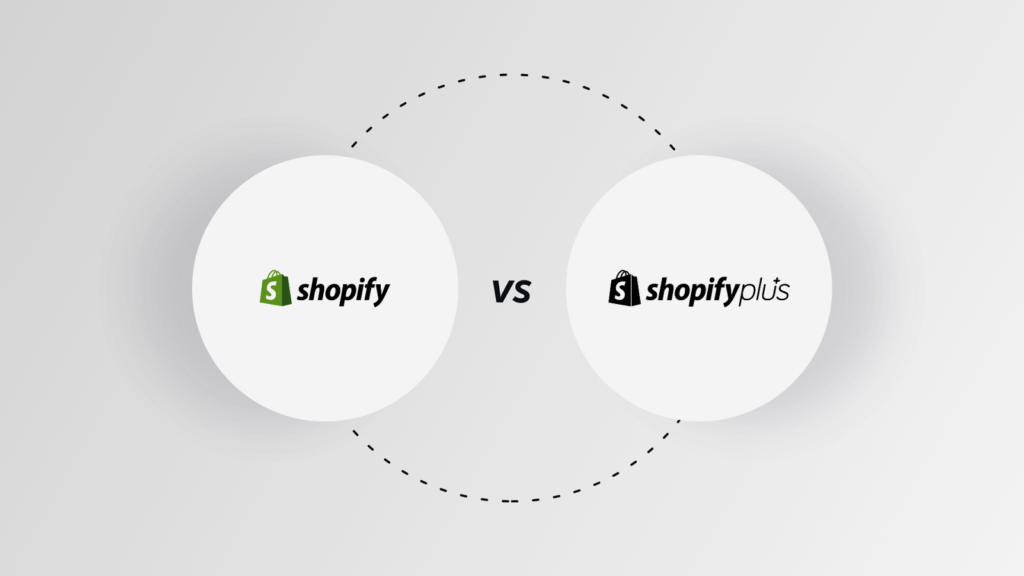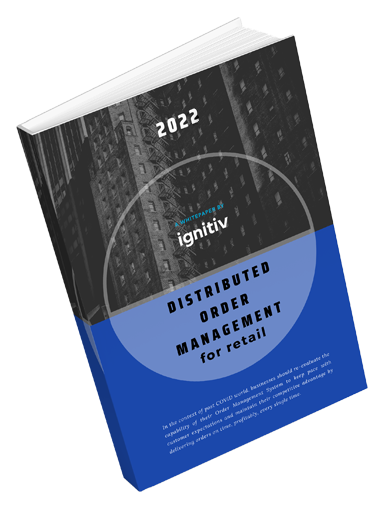Today, companies that fail to adapt to market changes risk being left behind and becoming obsolete. This challenge becomes even more daunting for marketers when their organization is burdened with outdated technology and processes. As a result, businesses face immense pressure to embrace new technologies and processes that drive customer engagement, loyalty, and sales. As it happens, this holds true for B2B eCommerce companies as well.
When your company is expanding and aims to optimize its online presence, re-platforming becomes a necessary step. It involves changing the technology or eCommerce platform that powers your online store to enhance user experience, boost conversion rates, and streamline operations.
This B2B eCommerce re-platforming guide will help you understand the reasons for re-platforming, the associated benefits, and how to choose the right platform for re-platforming.
Reasons for Re-Platforming
There are several reasons why businesses might choose to re-platform their eCommerce operations including the need to switch to omnichannel eCommerce. Some common reasons include:
- Outdated technology: Older eCommerce platforms may not keep up with the latest trends and technologies. This results in problems such as slow loading times, security vulnerabilities, and a lack of features.
- Limited functionality: Some eCommerce platforms may not offer the features that businesses require to meet the needs of their customers. This can result in a poor customer experience and lost sales.
- Lack of scalability: As businesses grow, they may find that their current eCommerce platform cannot handle the increased traffic volume. This results in website crashes and other problems.
- Changing business requirements: The business’s needs may change. When that happens, their current eCommerce platform has to adapt to accommodate the evolving strategies.
Benefits of Re-Platforming
Re-platforming your eCommerce operations can offer a number of benefits, including:
Improved Customer Experience
An eCommerce platform should house various capabilities that can enhance the customer experience, such as:
- A more user-friendly interface: Designed with customers in mind, it facilitates easier product discovery and purchase.
- Faster loading times: More efficient infrastructure leads to faster loading times for customers.
- A wider range of features: This can include the ability to create wishlists, track orders, leave reviews, etc.
Increased Sales
Re-platforming assists businesses in boosting sales by improving product discoverability and simplifying the purchasing process for customers. Achieving this involves enhancing the customer experience and introducing new features that streamline the buying experience.
Enhanced Security
Re-platforming stresses the implementation of better security measures. This helps safeguard businesses from data breaches and other security threats. New platforms are often built with security as a priority and may offer features like two-factor authentication and encryption to protect business data.
Improved Scalability
Modern platforms are designed with scalability in mind and offer features like load balancing and caching to manage higher traffic volumes. As such, the platform can be scaled effectively to handle increased traffic, enabling businesses to grow without concerns about website crashes.
Reduced Costs
Re-platforming aids in cost reduction by eliminating the need to maintain and upgrade an outdated platform. New platforms are typically more efficient and require less maintenance. Additionally, they may offer subscription-based pricing models, allowing businesses to save on upfront costs.
How to Prepare for Re-Platforming?
Before you can re-platform your eCommerce operations, there are a few things you need to do to prepare. These include:
- Analyzing your current platform: The first step is to analyze your current eCommerce platform to understand its strengths and weaknesses. This will help you determine what you need in a new platform.
- Defining your requirements: Once you have analyzed your current platform, you need to define your requirements for the new platform. This encompasses factors such as functionality and features.
- Developing a budget: Re-platforming your eCommerce operations can be a costly undertaking. It is vital to develop a budget that includes the cost of the new platform and the cost of migration, customization, and training.
How to Implement Re-Platforming?
Have a Strategy in Place
After you have chosen a platform based on the defined requirements, you need to plan the re-platforming process. This includes developing a timeline, assigning roles and responsibilities, and identifying potential risks.
Implementing the New Platform
Once the strategizing phase is complete, you can begin implementing the new platform. This process would include migrating data, configuring the platform, and testing it.
Post-Implementation
Finally, once the new platform is implemented, you must train your staff and monitor the platform’s performance. You should also continue to evaluate your requirements and make changes as needed.
How Can We Help?
Ignitiv is a leading eCommerce implementation partner specializing in B2B re-platforming. From platform selection to customization and data migration to design and development, we can help you with the end-to-end re-platforming process.
So, if you’re looking for accelerated implementation, reduced risk, access to best practices, seamless integrations, optimized performance, and a focus on delivering exceptional user experiences, we can help.
Contact us to learn more about how we can ensure a successful re-platforming journey that aligns with your B2B eCommerce operations and goals.








